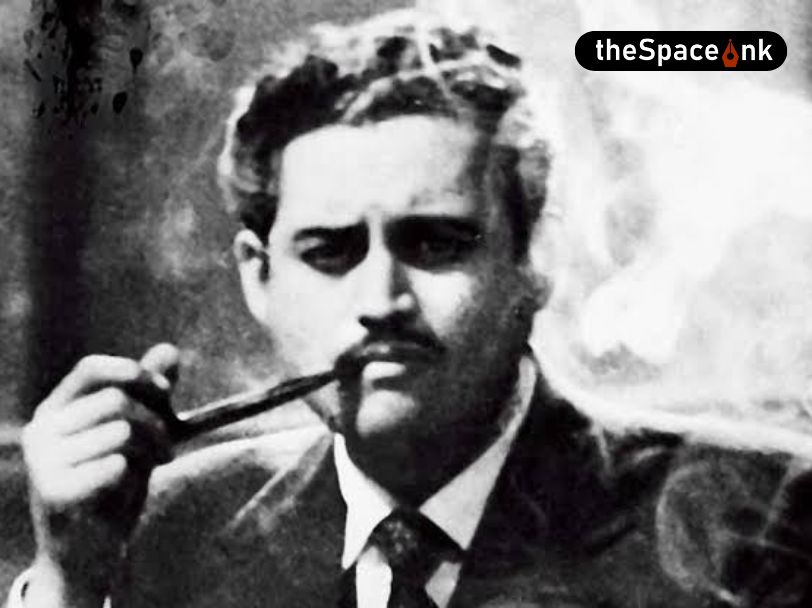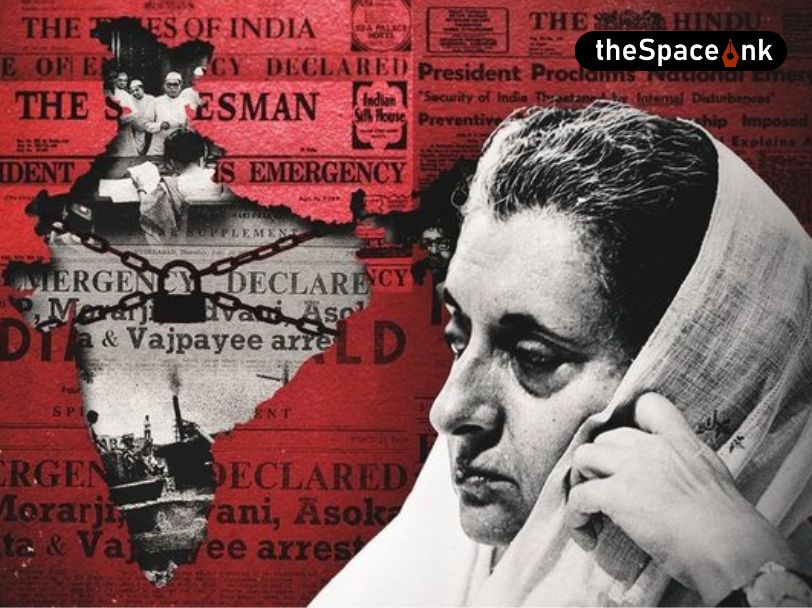Some years back from now, I was in my office, engrossed in my work. Then there was a knock on my office door, and like any regular day, I expected a graduate student and shouted out, “come in,” finishing the sentence that I was in the middle of it. My head was still bent over the book even after the person entered the room – I always want to look busy, don’t I? (Grin)
By then, my guest wanted to make me aware of his presence by clearing an old throat – indeed, I realized it’s not a grad student. I looked up, and to my complete revelation, my eyes in utter surprise, I see Prof. Jim Heckman! Not any other Jim, but the one and only Nobel Laureate, the famous economist Jim Heckman from the University of Chicago.
I almost jumped from my seat, gathering myself, I offered him a chair to sit down. I told him, I was surprised because I was not aware that he was visiting Urbana-Champaign, or else I could have met him myself. Jim then mentioned that the Labor Institute had invited him for a seminar. I realized the information did not reach the Economics Department. Whatever be it, it was indeed a pleasant surprise to have Jim in my office. After a few casual exchanges about our whereabouts, he reached in his pocket, pulled his wallet out, took out an aged piece of paper, almost falling apart, and carefully set it on my table as if he was about to show a magic trick.
Prof Jim Heckman and the history of the Bera connection:
I knew of Jim for a very long time. Although I did not meet him in person, I was well familiar with his work in Econometrics as a student at the Indian Statistical Institute (ISI), Delhi Centre, in the mid-seventies. Our Econometrics Professor V. K. Chetty mentioned quite a few times about Prof. Jim Heckman during our classes. Professor V. K. Chetty used to revel in saying that he and the famous econometrician Jim Heckman were very close as colleagues at Columbia University, New York. He proudly mentioned that he helped Jim Heckman writing a few papers too. We thought, “That’s impressive!” because, by then, Prof Chetty had already moved on from econometrics.
Prof Jim Heckman at present, in Bera’s office:
Fast forward a couple of decades, now, back to reality. Prof Heckman was sitting right there across me, in my office. I started framing some serious econometrics problems to have a decent conversation with this great mind. Previously, as an Econometrics faculty myself, I have attended conferences where he was present, and I have joined his keynote speeches as an audience. I remembered once he had insisted on presenting a hundred and fifty-some slides at “an After Dinner Talk.” I would call Jim a ‘super-serious-research-person.’
Interestingly, I didn’t have to think hard to generate any critical econometric problems that afternoon. Jim was in no mood for econometrics. He was relaxed, in a lighter mood with a casual tone. Like a magician, he pulled out a worn-out thick piece of paper from his wallet and tried to spread it on my table, as if getting ready for a trick. It was frayed, crumbling. He instructed me to pick it up and look at it carefully. Like a subject, following the instructions, I carefully lifted it from the table with my two hands – the piece was almost breaking along the folded ridges.
“Do you recognize it?” Jim asked. Almost in a trance, I said, “Yes, I do,” I recognized it from the remains of the ISI banyan-tree logo!
In a flash, my memory reverted to my Junior Research Fellow (JRF) days at ISI-D during 1977-79. Those were the days, almost feels like from the dinosaur period when we didn’t have a photocopying machine. The only way to have a copy of a published research paper was by copying it by hand or taking advantage of a marvelous ISI service for the students that allowed them to request reprints from the journals directly via mail service.
We had to send a post-card bearing the ISI logo to the professors directly, with plenty of space for the title(s) of paper(s) and a spot for signature.
Jim had some path-breaking research on sample selection, which I did request. He always promptly sent me the journal papers via mail. Along with the requested ones, he kept sending his Discussion Papers to me for many years to my ISI address. ISI then graciously forwarded them to my new address at the Australian National University (ANU), where I moved in 1979 for my doctoral study. I was overwhelmed by his generosity, though I never tried to figure out why? I thought of Professor Heckman as a beautiful mind!
My magician asked me, “Look carefully! Do you see anything?” I didn’t see anything remarkable, though I could decipher the worn-out titles of his papers. “Look at the bottom!” Yes, I could see almost half of the integral of my signature that I adopted soon after learning integral calculus in the first-year math class in 1971. I was an undergraduate at the Ramakrishna Mission Residential College (RKMRC), Narendrapur. I think this remains my best application of integral calculus that I learned at RKMRC.
Jim was delighted. Finally, after all these years, his search for the Bera Integral was over! He found the solution.
Ever since he had seen this Bera Integral signature, he was enchanted and wanted to find him. Since 1978 he was carrying the reprint-request card in his wallet to find the solution. Whenever he met, any economist from India showed her/him the card and inquired whether she/he knew me.
Many said yes! So he knew the solution existed, but he needed to arrive at it himself.
QED. The Nobel Laureate solved The Bera Integral with sheer persistence, after trying for over two decades.
Message to All: Never underestimate the persistence of a great mind.

Anil K Bera is an internationally renowned econometrician. He is Professor of Economics at the University of Illinois at Urbana–Champaign's Department of Economics. He is most noted for his work with Carlos Jarque on the Jarque–Bera test. Anil Bera was born in remote village in West Midnapore and attended college at the Indian Statistical Institute, Kolkata and received his Ph.D. in Econometrics from the Australian National University. His sense of humour and wit makes him a cynosure of all parties.








10 Responses
Overwhelmed by reading this about Prof Heckman as I did Heckman selection model during my Masters. Prof Bera has always been my source of inspiration and admiration.
What a wonderful story! Unbelievable!
Amazing story I ever read. I respect you.
A story (but real) with an extraordinary memory. I met the two characters in the story just over a year ago, during the third semester of my MA program. And the signature is a paragon.
A story (but real) with an extraordinary memory. I met the two characters in the story just over a year ago, during the third semester of my MA program, not in person. And the signature is a paragon.
Fabulously penned down, Sir. I had chills reading the last part. Awesome!!!
Fabulously penned down, Sir. I had goosebumps reading the last part. Awesome!!!
The limitless fertile mind talking of limit…its a learning for mankind…rather. Everything has a limit. Wish we comprehend (not simply understand) the meaning of it.
Sir, am fortunate to know you closely, in this finite life. Keep inspiring!!!
Remarkable signature and incredible story of meeting of two genius minds. Thank you Sir for sharing the story and your stunning crearion.
এ যেন একটা রূপকথার গল্প । অনেক অনেক শুভেচ্ছা Dr. Bera -র জন্য ।। ???